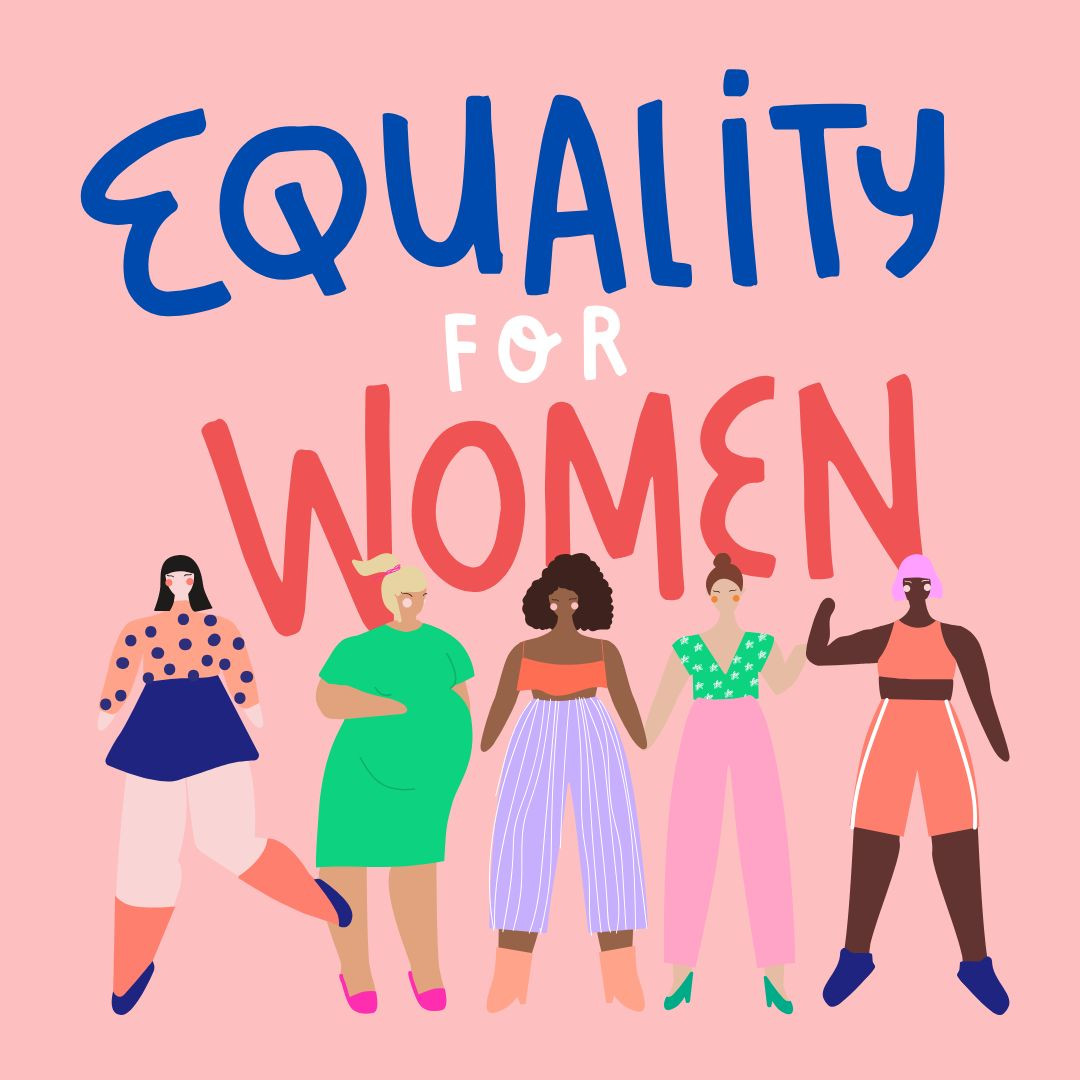
Patriarchy, having been somewhat in retreat in parts of the world, is back in our faces .
In Afghanistan, the Taliban once again prowl the streets more concerned with keeping women at home and in strict dress code, and preventing them from working, than with the impending collapse of the country into famine. The ideocy of it is overwhelming. Patriarchy at its best.
And on another continent, parts of the US are legislating to ensure that women can no longer have a legal abortion.
In both cases, lurking patriarchal beliefs were allowed to reemerge when political leadership failed. We have an eerie feeling of travelling back through time.
But how long has patriarchy dominated our societies?
The status of women has been a long-standing point of interest in anthropology.
Contrary to common belief, research shows that the patriarchy isn’t some kind of “natural order of things” – it hasn’t always been prevalent and may in fact disappear eventually.
Hunter-gatherer communities may have been relatively egalitarian, at least compared to some of the regimes that followed. And female leaders and matriarchal societies have always existed.
Reproduction is the currency of evolution. But it is not only our bodies and brains that evolve – our behaviours and our cultures are also products of natural selection.
Control mechanisms
To maximise their own reproductive success, for example, men have often tried to control women, and their sexuality.
In nomadic societies where there is little or no material wealth, as was the case with most hunter gatherers, a woman cannot easily be forced to stay in a partnership. She and her partner may move around together with her relatives, his relatives, or other people entirely. If unhappy, she can walk away.
That could be at a cost if she has children, as paternal care helps children’s development and even survival, but she can go and live with relatives elsewhere or find a new partner without necessarily being worse off.
The origin of agriculture, as early as 12,000 years ago in some areas, changed the game. Even relatively simple horticulture necessitated defending crops, and thus staying put.
Settlement increased conflict within and between groups. For example, the Yanomamo horticulturalists in Venezuela lived in heavily fortified group households, with violent raids on neighbouring groups and “bride capture” being part of life.
Where cattle-keeping evolved, the local population had to defend herds of livestock from raiding, leading to high levels of warfare. As women weren’t as successful as men in combat, being physically weaker, this role fell increasingly to men, helping them gain power and leaving them in charge of the resources they were defending.
As population sizes grew and settled, there were coordination problems. Social inequality sometimes emerged if leaders (usually male) provided some benefits to the population, perhaps in warfare or serving the public good in some other way.
The general population, both male and female, therefore often tolerated these elites in return for help hanging on to what they had.
As farming and herding became more intensive, material wealth, now mainly controlled by men, became ever more important. Rules of kinship and descent systems became more formalised to prevent conflict within families over wealth, and marriages became more contractual.
The transmission of land or livestock down the generations allowed some families to gain substantial wealth.
Wealth generated by farming and herding enabled polygyny (men having multiple wives). In contrast, women having many husbands (polyandry) was rare. In most systems, young women were the resource in demand, because they had a shorter window of being able to produce children and usually did more parental care.
Men used their wealth to attract young women to the resources on offer. Men competed by paying “bridewealth” to the family of the bride, with the result that rich men could end up with many wives while some poor men ended up single.
So it was males who needed that wealth to compete for marriage partners (whereas females acquired resources needed to reproduce through their husband).
If parents wanted to maximise their number of grandchildren, it made sense for them to give their wealth to their sons rather than their daughters.
This lead to wealth and property being formally passed down the male line. It also meant women often ended up living far away from home with their husband’s family after marriage.
Women began to lose agency. If land, livestock and children are the property of the men, then divorce is almost impossible for women. A daughter returning to mum and dad would be unwelcome as the brideprice would need to be returned.
The patriarchy was now getting a firm grip.
When individuals disperse away from their natal home and live with their new husband’s family, they do not have as much bargaining power within their new household than if they had stayed in their natal home. Some mathematical models suggest that female dispersal combined with a history of warfare favoured men being treated better than women.
Men had the opportunity to compete for resources with unrelated men through warfare, whereas women only competed with other women in the household. For these two reasons, both men and women reaped greater evolutionary benefits by being more altruistic towards men than towards women, leading to the emergence of “boys’ clubs”. Essentially, women were playing along with the gender bias against themselves.
In some farming systems, women may have had more autonomy. Where there were limits on the availability of farmland, this may have put the brakes on polygyny, as men couldn’t afford multiple families.
If farming was hard and productivity was determined more by the work put in than by how much land was owned, then women’s labour became a key requirement and couples worked together in monogamous unions.
Under monogamy, if a woman marries a rich man, all his wealth goes to her offspring. So women then compete with other women for the best husbands.
This is not true of polygyny, where the family wealth is shared between numerous other wives offspring, so the advantages to women of marrying a rich man are marginal.
Thus marriage payment under monogamy is in the opposite direction than it is under polygyny and takes the form of “dowry”. The parents of the bride give money to the parents of the groom, or to the couple themselves.
Dowry, which is still important in much of Asia today, is the parents’ way of helping their daughters compete with other women on the marriage market. Dowry can sometimes give women more agency and control over at least part of their family wealth.
But there is a sting in the tail. Dowry inflation can make girls expensive for parents, sometimes with dire consequences, such as families which already have daughters killing or neglecting female babies (or now female-selective abortion).
There were other consequences of monogamy too. As wealth was still passed down the male line to children of one wife, males did all they could to ensure that those children were theirs. They did not want to unwittingly invest their wealth in the offspring of another man. So women’s sexuality became strongly policed as a result.
Keeping women away from men (purdah), or placing them in religious “cloisters” such as monasteries (claustration) in India, or 2,000 years of binding women’s feet to keep them small in China, may all be the results of this. And in the current context, banning abortion makes sexual relationships potentially costly, trapping people in marriages and hindering women’s career prospects.
It is relatively rare for wealth to be passed down the female line, but such societies do exist. These female-centred systems tend to be in somewhat marginal environments where there is little wealth to physically compete over.
For example, there are areas in Africa known as the “matrilineal belt” where the tetse fly made it impossible to keep cattle. In some of these matrilineal systems in Africa, men remain a powerful force in households, but it is older brothers and uncles who try to control women rather than husbands or fathers. But in general, women do have more power.
Societies with an absence of males for much of the time, due to long distance travel or high mortality risks, for example due to dangerous ocean fishing in Polynesia, or warfare in some Native American communities, have also been associated with matriliny.
Women in matriarchal system often draw on the support of their mothers and siblings, rather than their husbands, to help raise children. Such “communal breeding” by women, as seen for example in some matrilineal groups in China, makes men less interested (in an evolutionary sense) in investing in the household, as the households include not only their wife’s children, but many other women’s children to whom they aren’t related.
This weakens marriage bonds, and makes it easier to pass down wealth between female relatives. Women are also less controlled sexually in such societies as paternity certainty is less of a concern if women control the wealth and pass it to their daughters.
In matrilineal societies, both men and women can mate polygamously. The matrilineal Himba of southern Africa have some of the highest rates of babies produced in this way.
Even in urban settings today, high male unemployment often sets up more female-centred living arrangements, with mothers helping daughters to raise their children and grandchildren, but frequently in relative poverty.
But the introduction of material wealth, which can be controlled by men, has often pushed matrilineal systems to change to patrilineal ones.
The role of religion
The view of patriarchy I have outlined here may appear to downplay the role of religion. Religions are frequently prescriptive about sex and the family. For example, polygynous marriage is accepted in Islam and not in Christianity. But the origins of diverse cultural systems around the world cannot simply be explained by religion.
Islam arose in the year AD610 in a part of the world (the Arabian peninsula) then inhabited by nomadic pastoralist groups where polygamous marriage was common, whereas Christianity emerged within the Roman empire where monogamous marriage was already the norm.
So while religious institutions definitely help to enforce such rules, it is hard to make the case that religions were the original cause.
Ultimately, the cultural inheritance of religious norms, or indeed of any norms, can maintain harsh social prejudices long after their original cause is gone.
What is clear is that norms, attitudes and culture have a huge effect on behaviour. They can and do change over time, especially if the underlying ecology or economy changes. But some norms become entrenched over time and are therefore slow to change.
As recently as the 1970s, children of unmarried mothers in the UK were taken from them and shipped to Australia (where they were placed in religious institutions or put up for adoption). Recent research also shows how disrespect for women’s authority is still rampant in European and American societies that pride themselves in gender equality.
That said, it is clear that gender norms are becoming much more flexible and the patriarchy is unpopular with many men and women in much of the world. Many are questioning the very institution of marriage.
Birth control and reproductive rights for women give women, and also men, more freedom.
While polygamous marriage is now rare, polygamous mating is of course quite common, and is perceived as a threat by incels and social conservatives alike.
What’s more, men increasingly want to be part of their children’s lives, and appreciate not having to do the lion’s share of providing for their families. Many are therefore sharing or even taking on the full weight of child-rearing and housework. Simultaneously we see more women confidently gaining positions of power in the world of work.
As men and women both increasingly generate their own wealth, the old patriarchy is finding it harder to control women. The logic of male-biased investment by parents is gravely injured if girls benefit equally from formal education and job opportunities are open to all.
The future is hard to predict. Anthropology and history do not progress in predictable, linear ways. Wars, famines, epidemics or innovations are always lurking and have predictable and unpredictable consequences for our lives.
The patriarchy isn’t inevitable. We do need institutions to help us solve the world’s problems. But if the wrong people come to power, the patriarchy can regenerate.
This article was first published in The Conversation on 20 September 2022.
Links:
- Original article in The Conversation
- More: BBC Mundo (Spanish)
- Professor Ruth Mace's academic profile
- UCL Department of Anthropology
- UCL Faculty of Social & Historical Sciences
Our website uses cookies
Some of these cookies are essential, while others help us to improve your experience of our website. Find out more:
Some of these cookies are essential, while others help us to improve your experience of our website. Find out more:
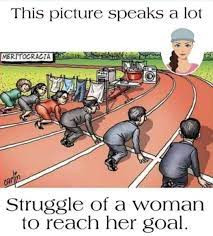

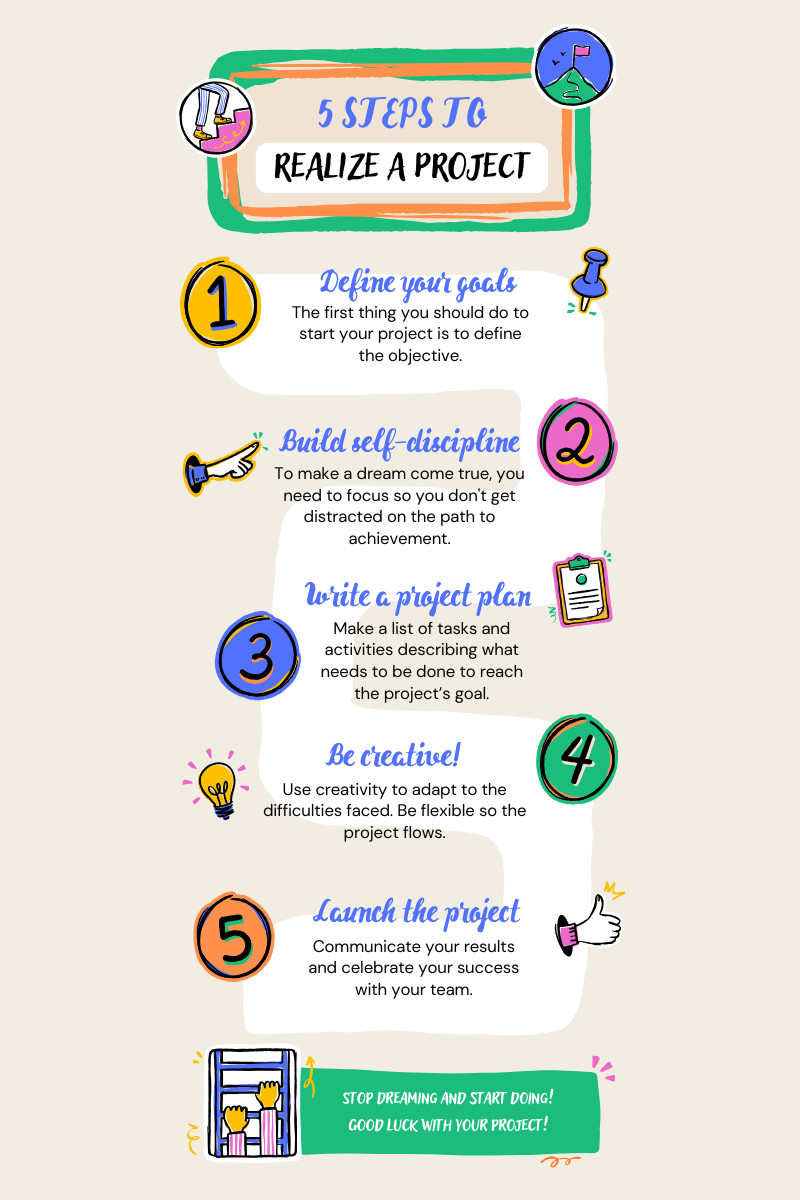








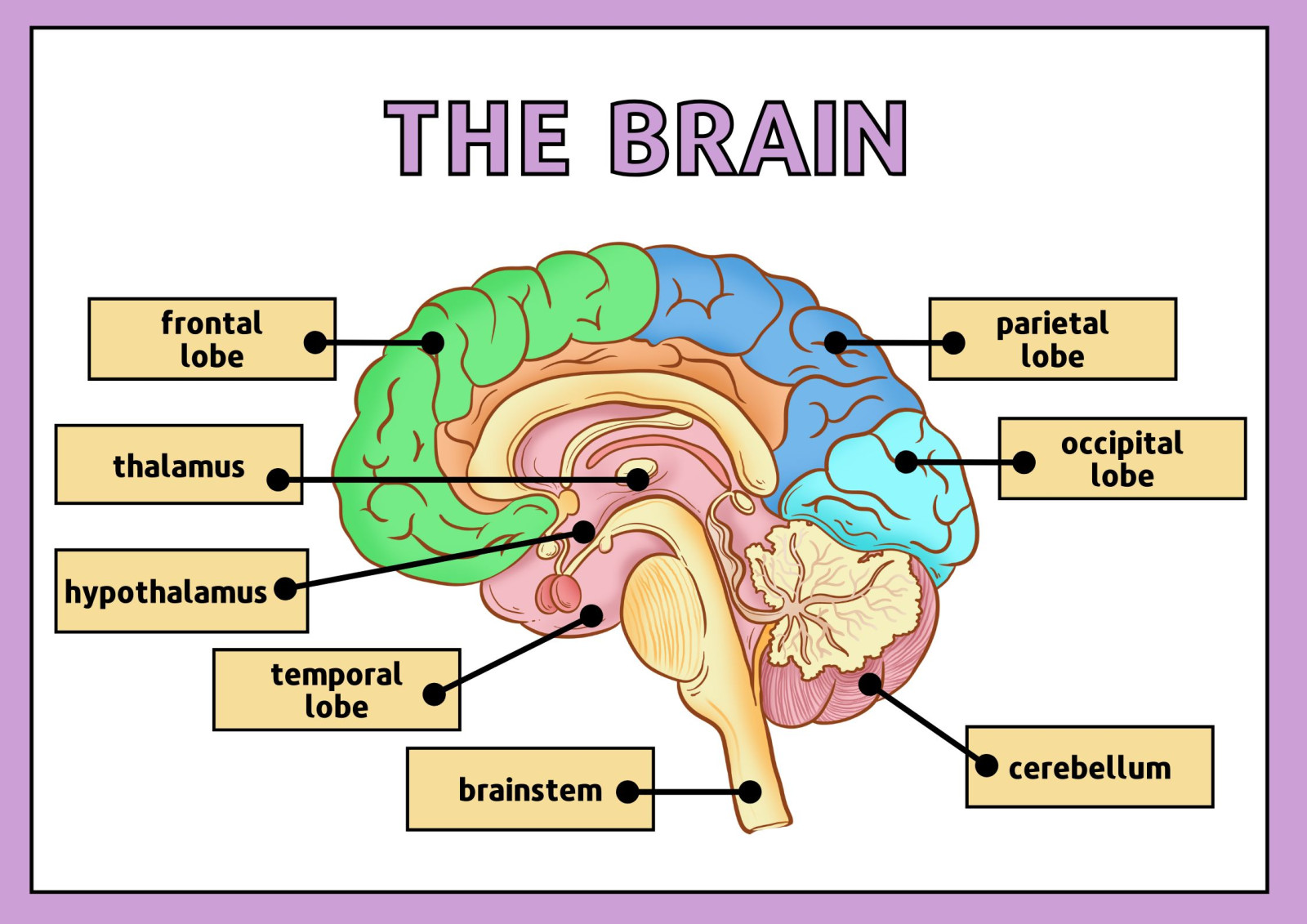
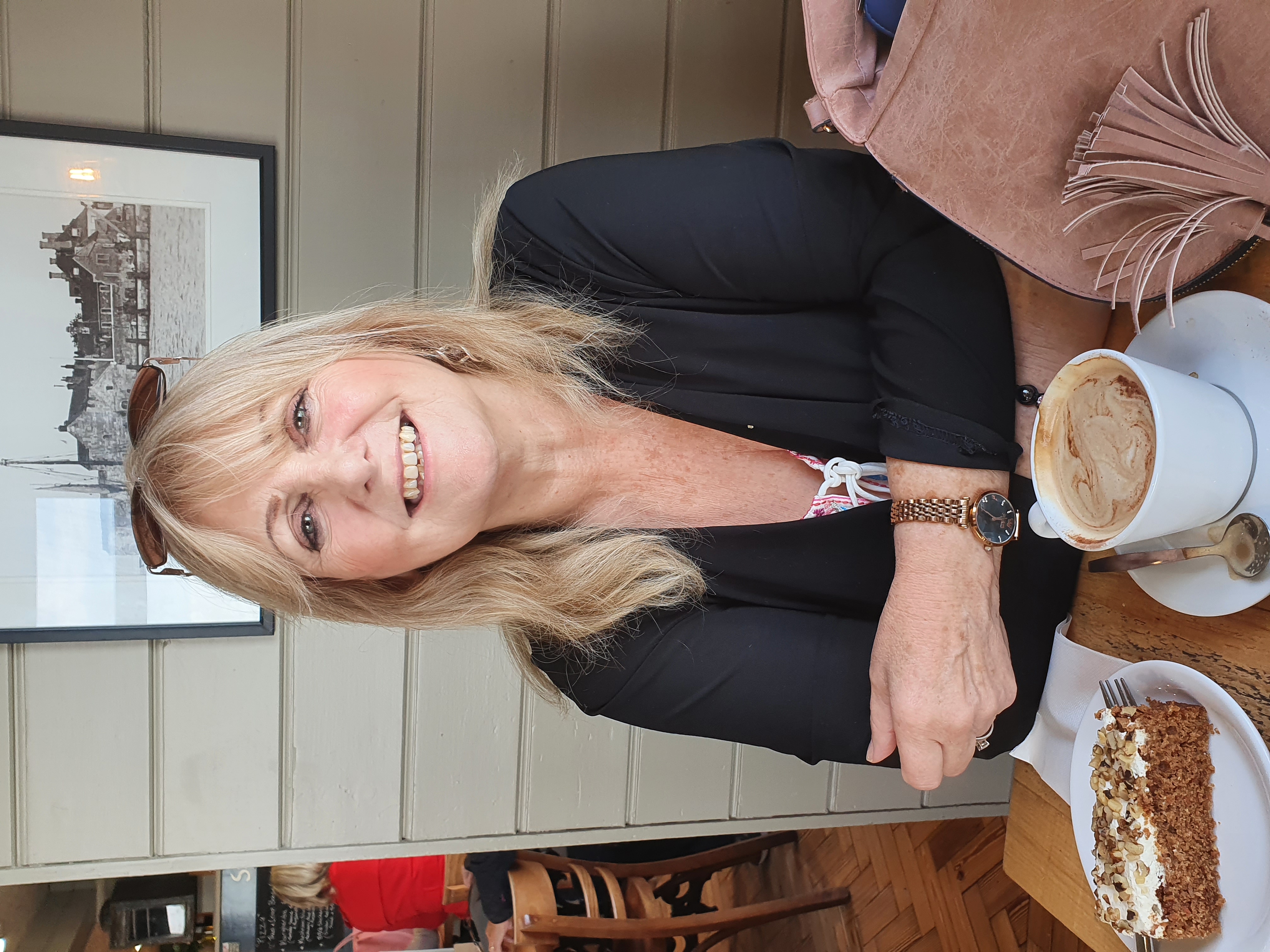





0 Comments